Chlorophytum
A plant commonly found in rainforests. Foliage, the length of which can reach half a meter, is collected in an outlet. Chlorophytum blooms with small white flowers, in the place of which layers with aerial roots are formed. They can be cut and rooted in an earthy mixture of humus and sand.
Chlorophytum is unpretentious and grows rapidly in summer. Prefers lighted places and abundant watering. Reducing watering is only necessary during the winter months.
Experts have proven that chlorophytum perfectly cleans the air from carbon monoxide and formaldehyde, so it is recommended to grow it in the kitchen.
Maidenhair
It is popularly called a long-term fern. It is a indoor climbing plant that naturally grows at the foot of waterfalls and streams. The creeping stems are covered with small bright green leaves that look like a feather. It is successfully grown at home, but is afraid of the sun, dust, cigarette smoke and does not like being carried to another place. In the summer, it needs a generous spraying. Grows faster in loose and acidic soils enriched with humus.
Common ivy or hedera
Indoor ivy is especially appreciated by decorators, because with the help of its long stems, you can create beautiful complex compositions. The climbing plant successfully fixes itself on a support, quickly adapts to any degree of illumination, but does not tolerate direct rays. It grows best at temperatures from +21 to +25 degrees, does not like cold windowsills. Needs moderate watering, is afraid of excessive moisture. The leaves must be wiped from dust once every two weeks.
It is a common superstition that hedera drives away men. But in ancient Greece, ivy was considered a symbol of male loyalty and strong love.
Wax ivy or hoya
A climbing plant that, in response to proper care, will thank you with beautiful flowers and a magical scent. Flowering lasts several months, but for this it is necessary to keep the vine warm (about 25 degrees) and a sufficiently illuminated place. At the same time, ivy can also tolerate direct sunlight, but it is preferable to settle the plant on windows facing east or west.
Hoya prefers abundant watering, which is done as the land dries up. You need to bathe the plant in settled warm water. Wax ivy propagates by cuttings.
Tradescantia
Another tropical plant, which is distinguished by a dense interlacing of shoots and rapid growth. Named after the English botanist travelers Tradescants, father and son. The flower purifies the air and even reduces the danger of electromagnetic radiation. The palette can range from dark green to yellow, pink and burgundy. To get a lush bush, the shoots must be pinched. Tradescantia looks especially impressive on elevations or hanging pots.Sometimes cut branches are placed in a vase of water, and they retain their fresh appearance for a long time. Loves diffused light, warmth up to 26 degrees and moderate watering every 2-3 days (in winter - after the soil dries up).
Cats like Tradescantia, so the pot should be placed on the highest and most inaccessible places. You should also be wary of Pale Tradescantia, the juice of which can irritate the skin.
Cissus
It is a climbing plant that is also called indoor grape or birch. Cissus plants are valued for their decorative foliage and their unpretentiousness, which is why they are often grown in offices and public places. The tendrils of the grape vine cling well to the supports.
The plant likes both brightly lit places and partial shade. Cissus is thermophilic, does not tolerate drafts and sheds leaves due to a sharp change in temperature. In the spring and summer, it must be sprayed, bathed in the shower and watered as soon as the soil dries up.
Philodendron
The most affordable for growing in an apartment is a climbing philodendron, which can be grown in a small pot. The rest of the species can reach gigantic sizes and are more suitable for spacious rooms. The plant loves warmth and high humidity, does not tolerate drafts and direct rays. Philodendron grows well in bright, but diffused lighting. In summer, it needs abundant watering with water without lime. Waterlogging is destructive for him.
Surprisingly, the philodendron reproduces with any of its parts: seeds, leaves, trunk, apex or roots.
Scindapsus
Resembles some types of philodendrons. It has dense, heart-shaped leaves with light spots. The hanging liana lives on the trunks of tropical trees and can climb up to 15 meters. The walls are decorated with a room scinapus, forming a crown with stairs and ropes. It is better to direct young shoots, as old ones can simply break.
Loves shade and partial shade, but two-tone varieties require more sunlight: otherwise, the foliage may darken. Needs regular, moderate watering, fertilizing is necessary once every 3 weeks. A mixture of peat, humus and sand is suitable as a soil. There should be drainage at the bottom of the pot. Do not fertilize during the dormant period - from late autumn to early spring.
In a year, the curly scindapsus adds 40 cm in length, so the bush should be cut off, and the resulting cuttings should be rooted.
Campanula
Blooming climbing indoor plant of the Bellflower family. Its name, which translates as "bell", is due to the shape of the flower. Campanula grows at home, but it can be decorated with a balcony or garden. Grown in hanging pots. The carved leaves grow on long stems that are strewn with blue or snow-white flowers. It is better to place the curly flower on the western or eastern windows. Campanula does not like temperature changes, and the closer the batteries, the worse she feels. In the autumn-spring period, the bell can go without watering for a long time, and in the summer it must be watered with purified warm water, preventing the earth from drying out.
Gerrain's godson
It is a creeping succulent plant with fleshy green leaves similar to berries. They accumulate nutrients. It looks original and fits perfectly into laconic modern interiors. Unpretentious, resistant to various diseases, takes root easily. Loves bright places, but does not tolerate the sun well. From spring to autumn, watering should be generous, and in winter, it is enough to simply moisten the soil and keep the plant in a cool room. Fertilize it only during active growth, so as not to damage the roots.
Monstera
An evergreen climbing plant with large carved leaves. The name comes from the word "monster", as the monstera, in addition to its large size, has long aerial roots entangling trees. It is appreciated for its relative unpretentiousness, decorative effect and the ability to ionize the air.Improves the atmosphere in the home thanks to its large leaf mass.
The indoor monstera can grow a lot, so it is provided with vertical support. Prefers bright diffused light, thorough watering and spraying in hot weather. In the warm season, you need to feed it twice a month. It should be remembered that monstera juice is poisonous.
Begonia ampelous
It is a vine with red, pink or white flowers. If you place it in a bright place and ensure regular watering without waterlogging, the curly indoor begonia will delight with flowers all spring and summer. Needs regular feeding with fertilizers with a high content of nitrogen and minerals. Begonia is best grown in a hanging basket or in a long-stemmed vase. Dried flowers should be removed regularly.
Asparagus
A spectacular climbing plant that purifies the air from harmful substances. It grows quickly in free space, where nothing constrains it. Loves scattered rays, high humidity, room temperature and regular feeding. It can act as an ampelous plant and live in a hanging pot, hanging its fluffy stems. The most popular types of asparagus are racemose with branches soft to the touch and pinnate with leaves in the form of triangular scales.
Jasmine
The home flower is most often sold woven into the arch. It has long stems, dense foliage and white inflorescences that exude a rich, pleasant aroma. It is for this reason that jasmine cannot be kept in the bedroom.
Not picky about temperature, but does not tolerate drafts. Loves lighted places and moist soil with soft water. On hot days it needs to be sprayed. You need to fertilize the climbing plant once a week from mid-spring to early autumn. In spring, jasmine should be pruned - then the flower will delight with its splendor and new buds.
Rafidofora
As indoor plants, two types are most in demand:
- rafidophora stalked with heart-shaped leaves, which is great for vertical landscaping.
- rafidophora descending, similar to a monster, with leathery dissected leaves.
The plant is light-requiring. Like many climbing vines, it needs generous watering, spraying and regular feeding. Branching can be enhanced by pinching the stems.
Tropical vines and ampelous plants are easy to care for and enjoyable to watch. They are irreplaceable material for the decoration of apartments and houses. According to the given photos and names of climbing indoor plants, it is easy to choose a suitable living decoration for your interior.

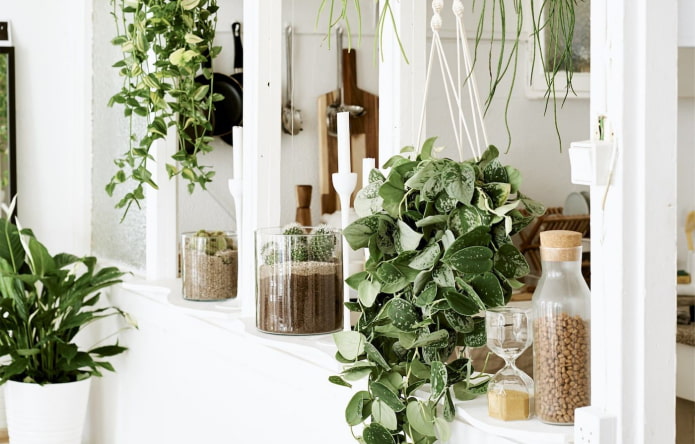
 10 practical tips for arranging a small kitchen in the country
10 practical tips for arranging a small kitchen in the country
 12 simple ideas for a small garden that will make it visually spacious
12 simple ideas for a small garden that will make it visually spacious
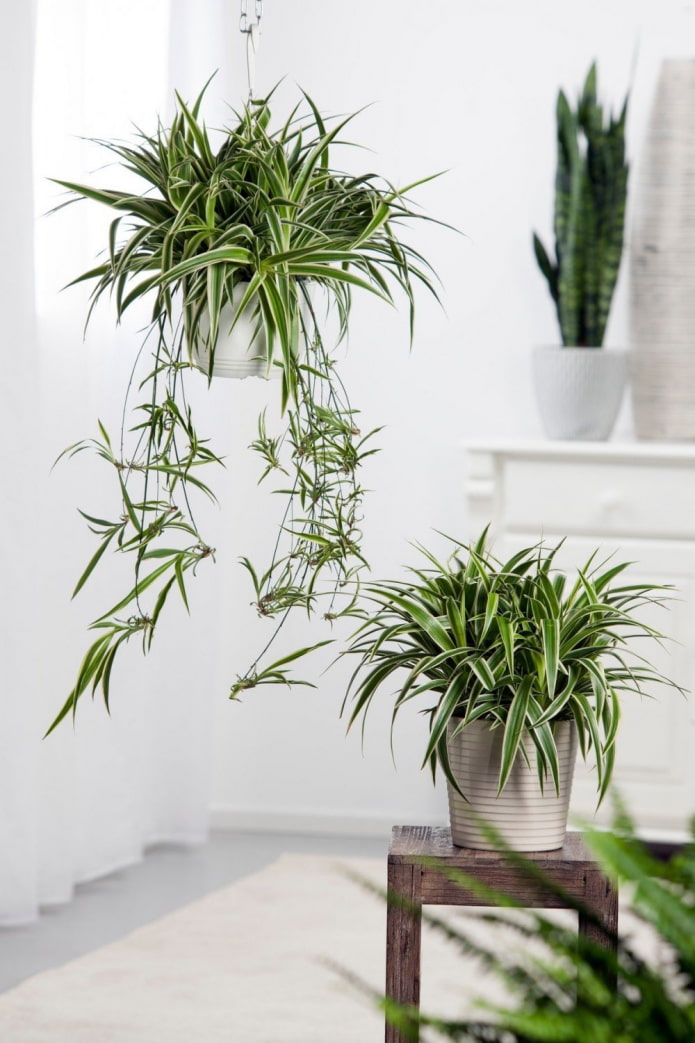


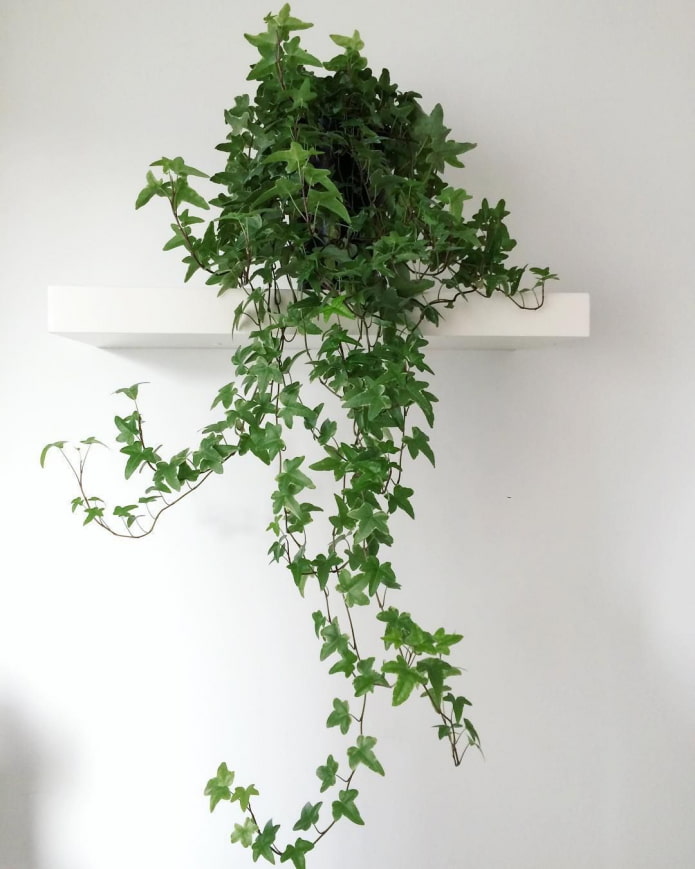
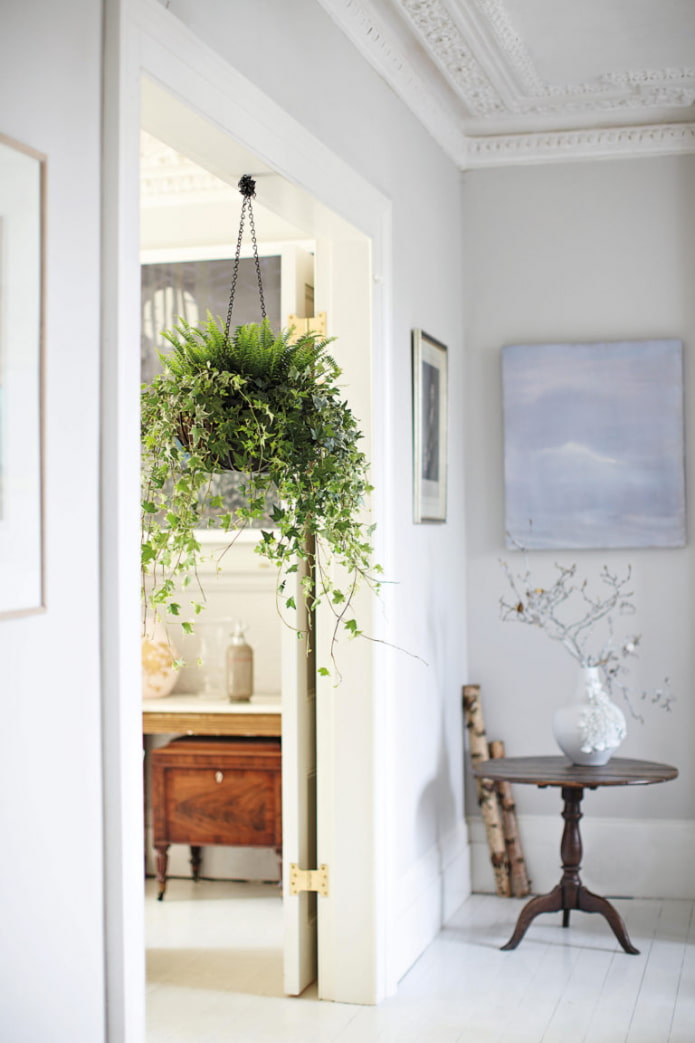
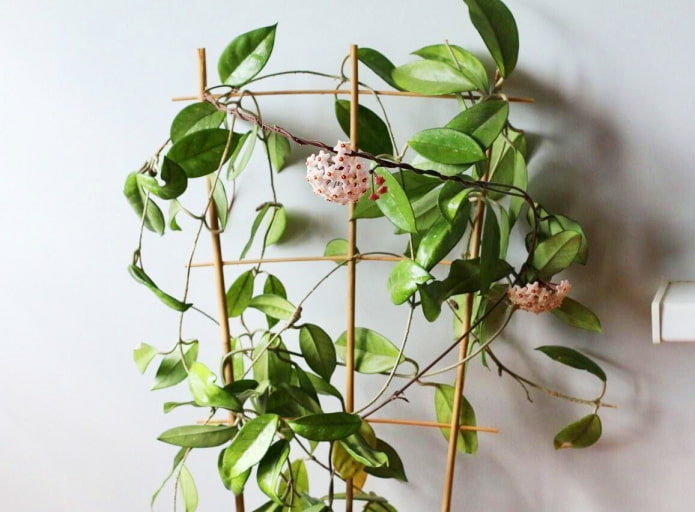
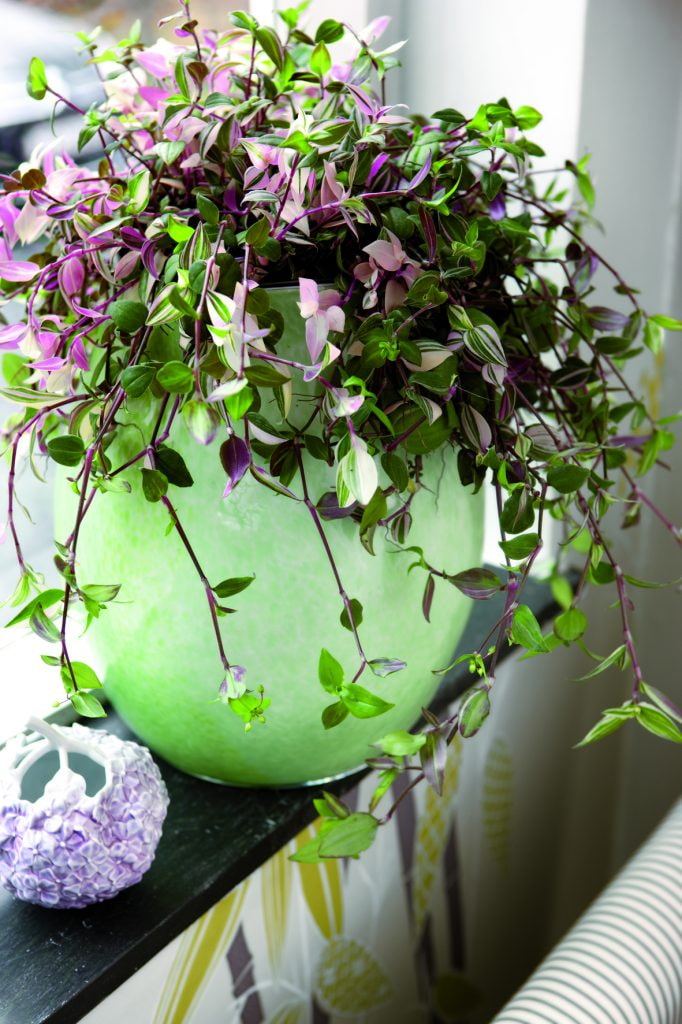
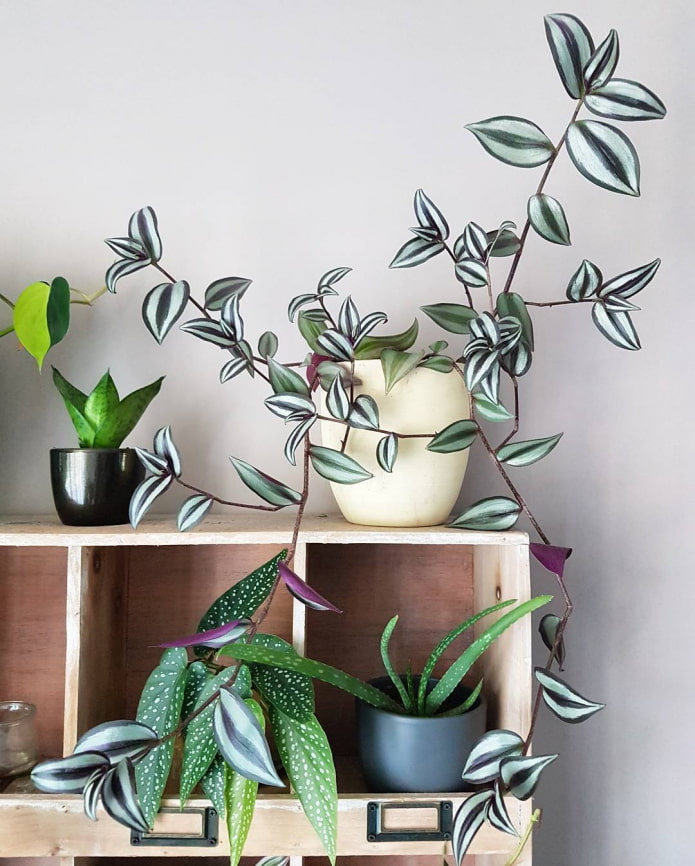
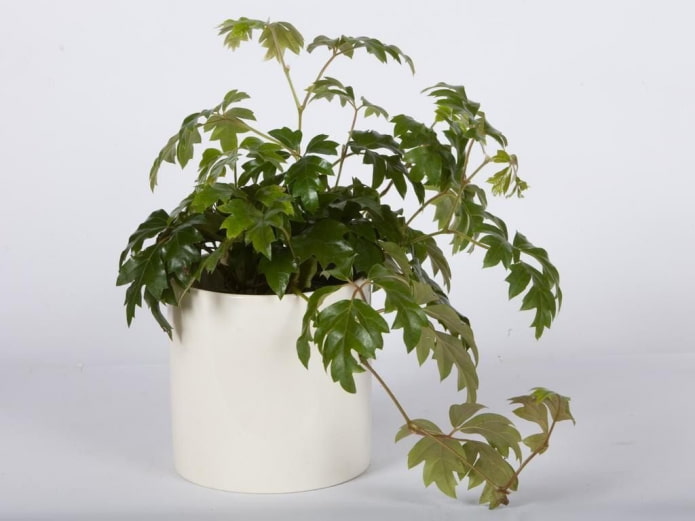
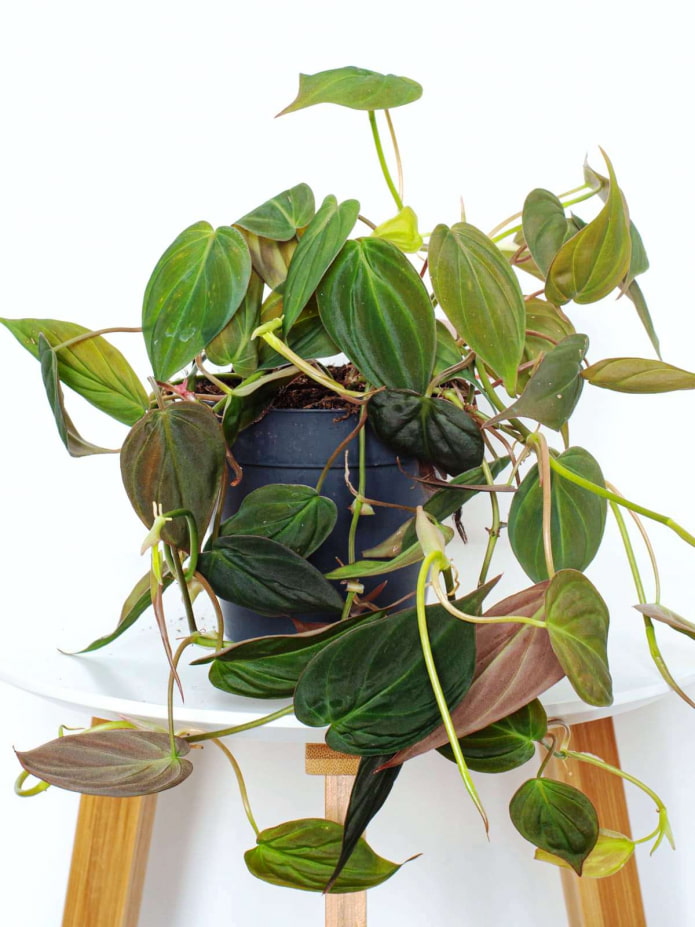

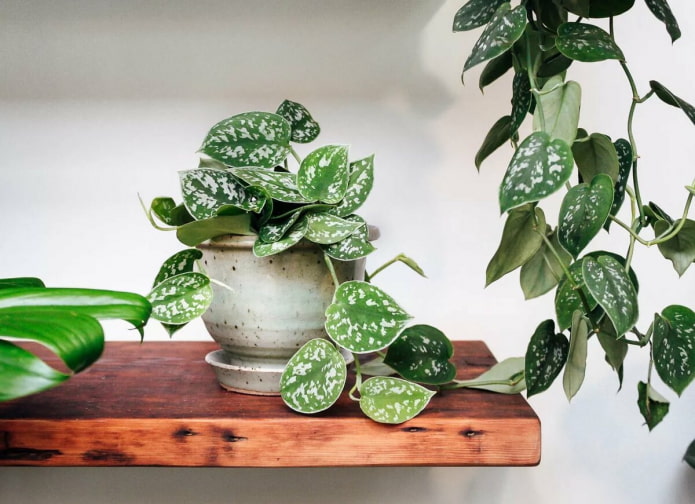
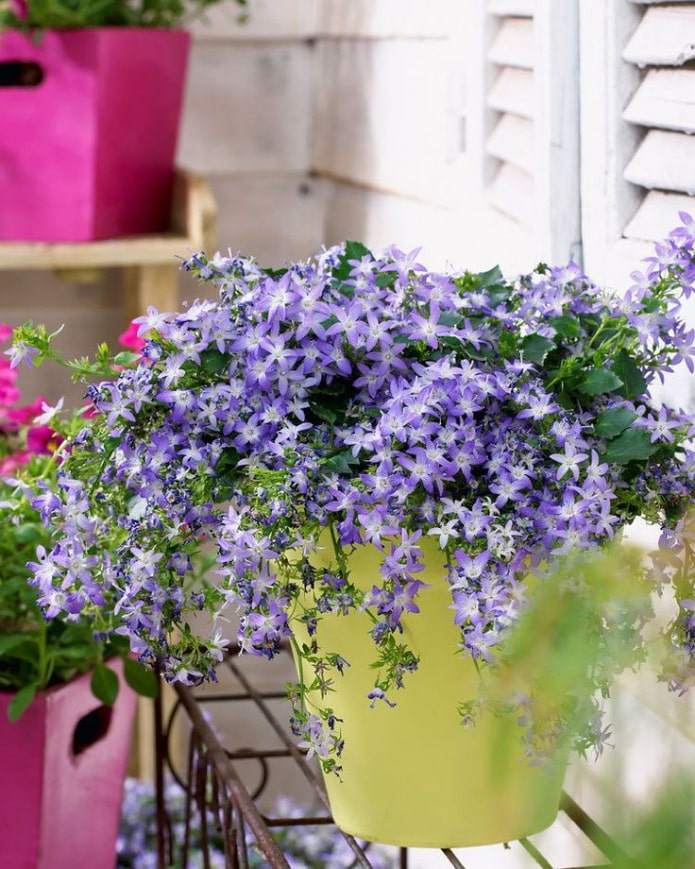
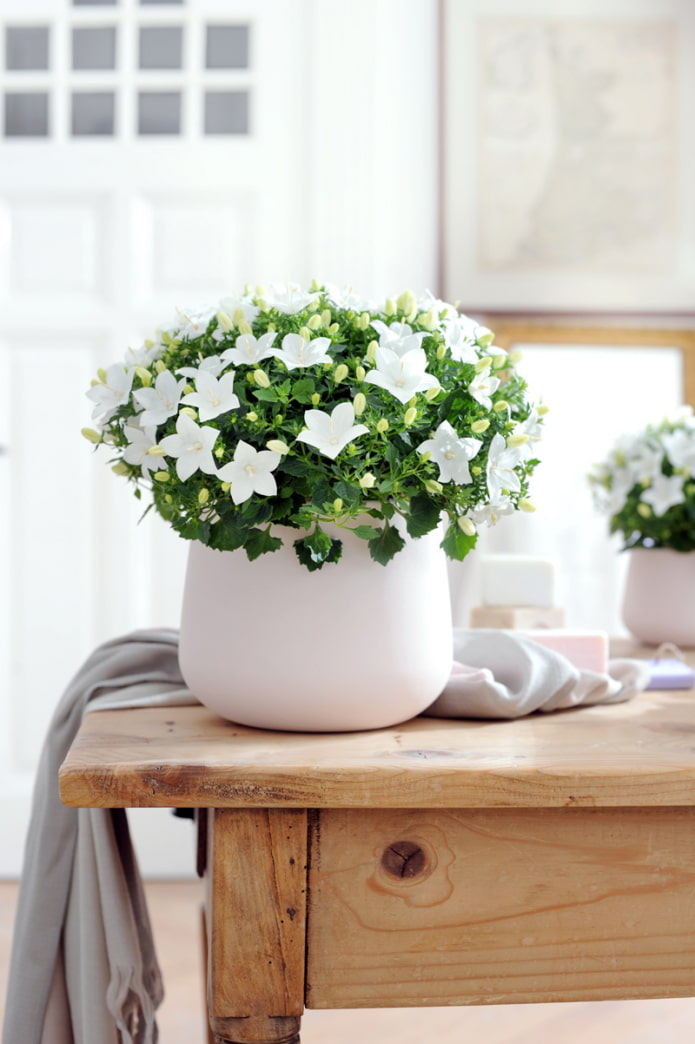

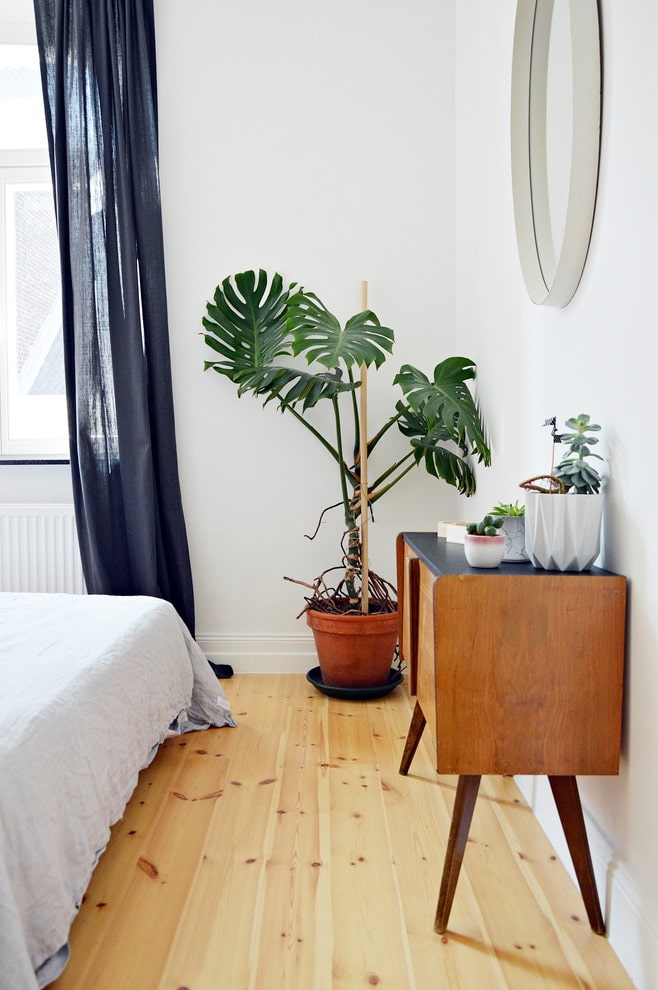


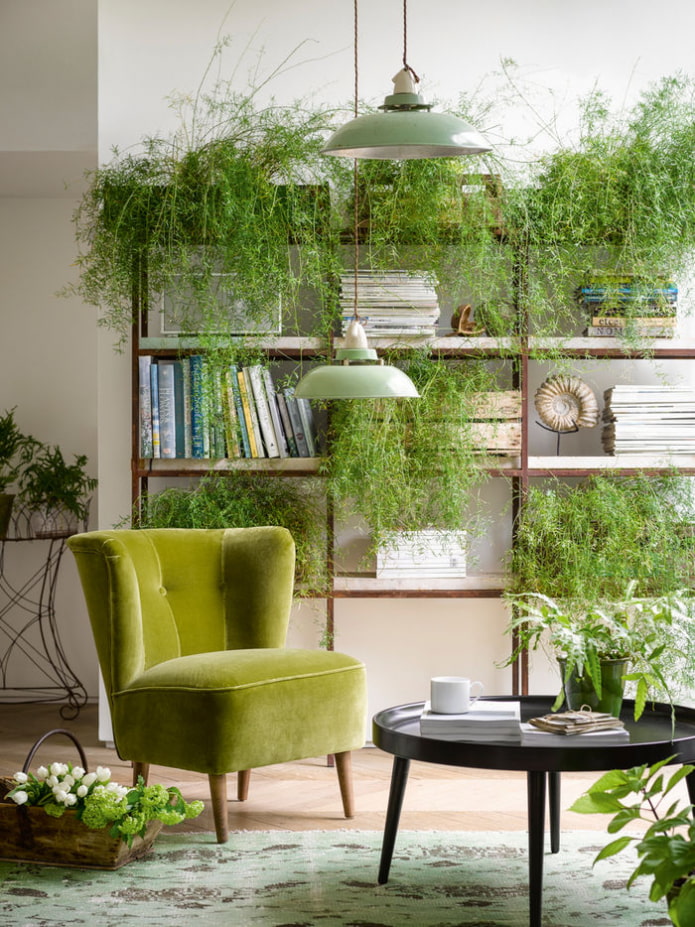
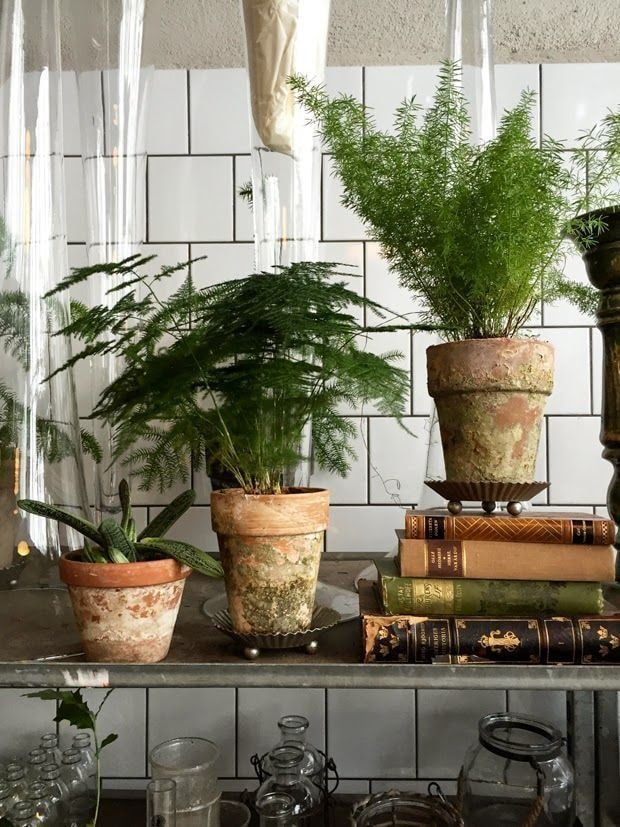
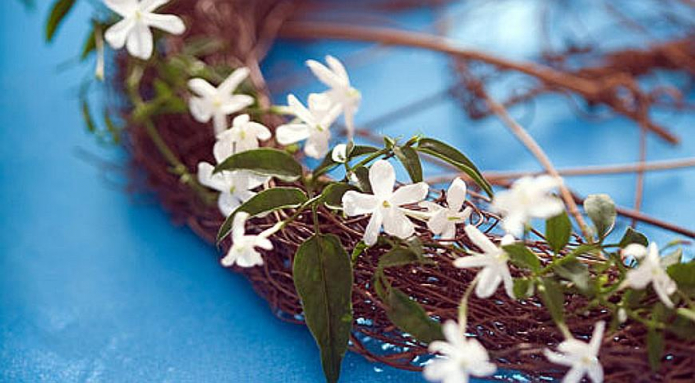
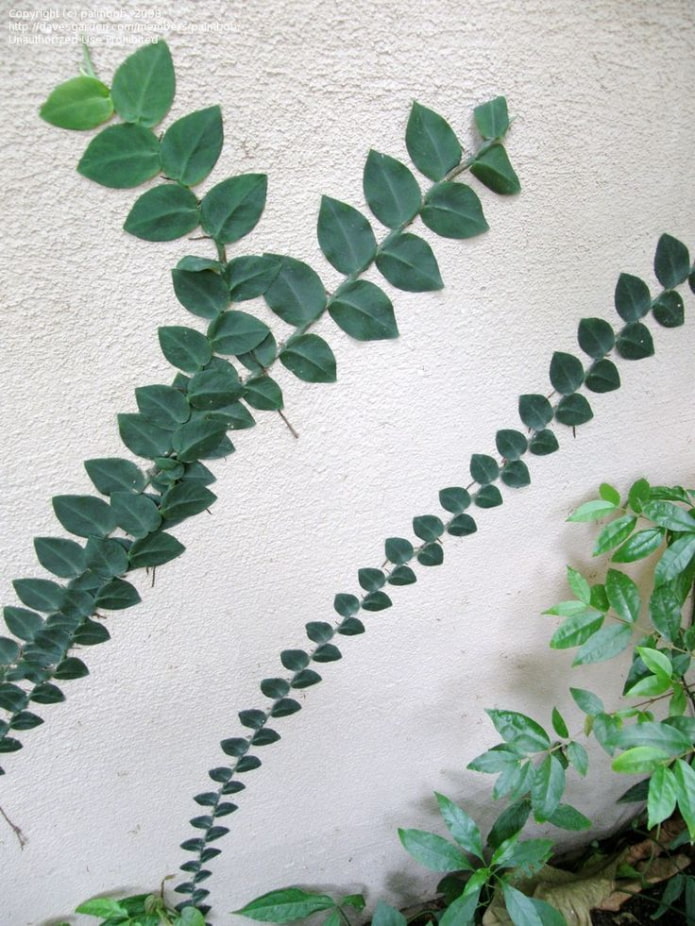
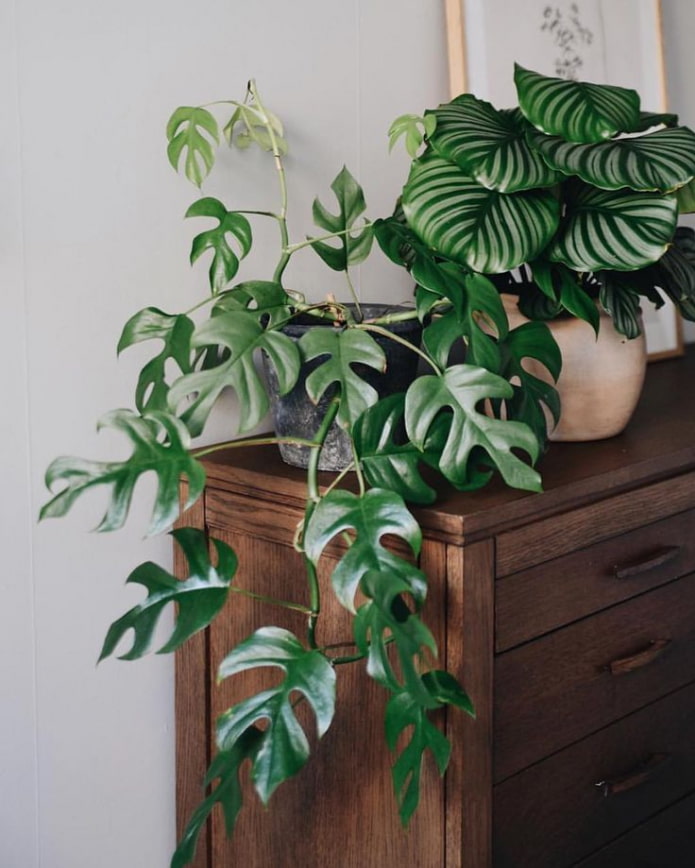
 13 bad habits a good housewife shouldn't have
13 bad habits a good housewife shouldn't have 24/7 home cleanliness - 4 secrets for the perfect housewife
24/7 home cleanliness - 4 secrets for the perfect housewife 6 hotels in Sochi that will give odds to the promoted foreign hotels
6 hotels in Sochi that will give odds to the promoted foreign hotels Top 10 interior design trends 2020
Top 10 interior design trends 2020 Rating of cheap TVs with Smart-TV
Rating of cheap TVs with Smart-TV New Year's LED garlands on AliExpress - we disassemble while it's hot, so that it's bright at home
New Year's LED garlands on AliExpress - we disassemble while it's hot, so that it's bright at home